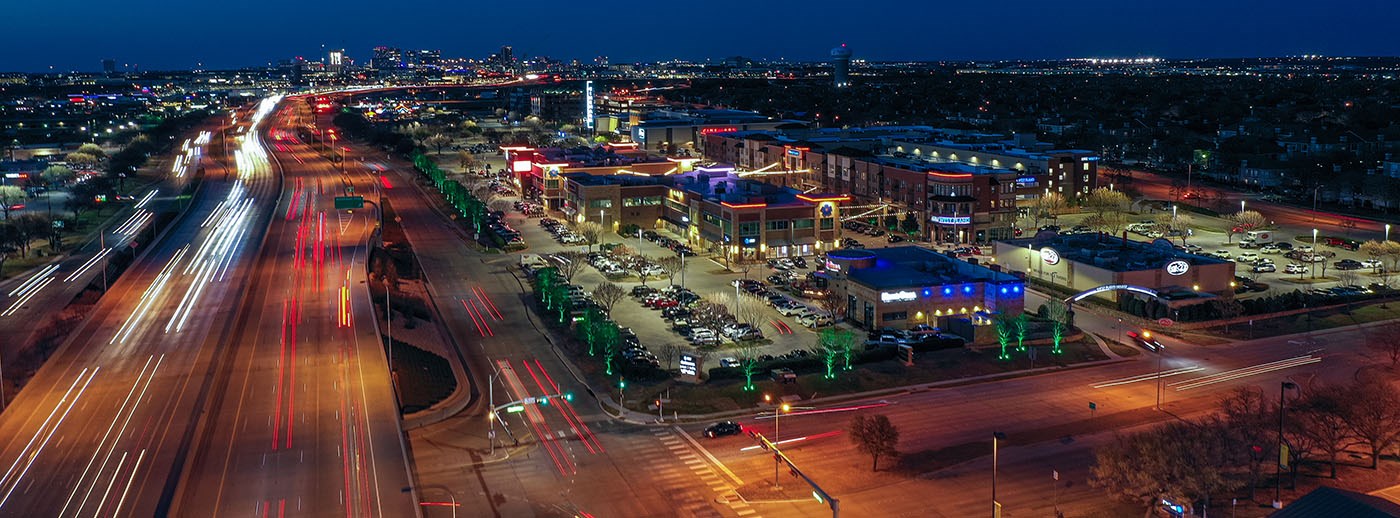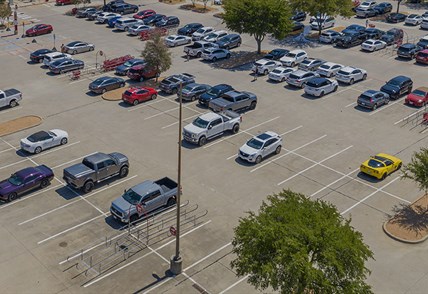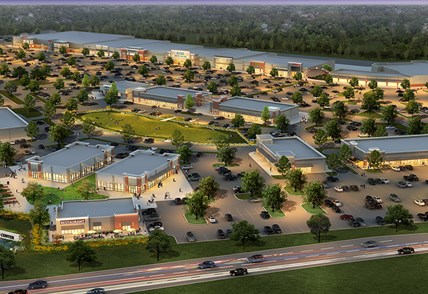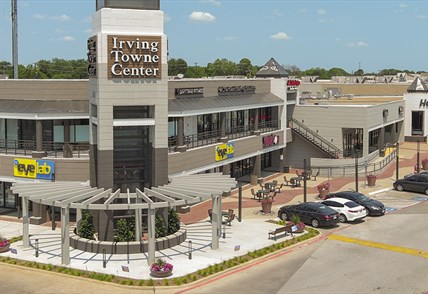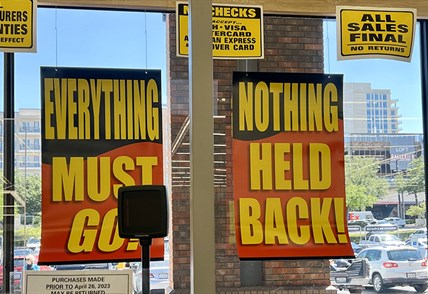By Herb Weitzman, Executive Chairman, Weitzman
The major Texas metro areas of Austin, Dallas-Fort Worth, Houston and San Antonio all share one thing in common: Retail is posting a balance of supply and demand that outpaces every other major commercial real estate category.
This milestone was not achieved without overcoming significant obstacles. Our markets have survived decades of back-to-back challenges, including major market disruptors like ecommerce, Amazon, the 2008 financial crisis that knocked out several major power retail chains and a 2020 pandemic-induced shutdown.
Each of these significant disruptions and challenges first resulted in store closings and higher vacancy. But the retailing and real estate industry learned from the setbacks by embracing the lessons of these disruptions to understand how to creatively bounce back stronger.
As a result of the market’s careful pivoting, the retail markets in Texas’ major metros have right-sized and are reporting a years-long trend of balance in supply and demand.
To prove this point, we used the mid-year reports from CoStar on the non-retail CRE types.
We compared retail vacancy rates in the four Texas markets to CoStar’s mid-year rates for the industrial, office and multi-family space in each of those markets. (Weitzman is a client of CoStar, the industry leader in commercial real estate information and analytics.) In each market, retail posted lower vacancy rates, even when compared to the robust industrial sector.
FROM ‘ARMAGEDDON’ TO RIGHT-SIZED
This retail market health has been a long time coming. Overbuilding in the 1980s and, to some extent, the 1990s and into the 2000s meant that supply often outpaced demand, resulting in a norm of vacancy rates of 10 percent or more.
But now retail has right-sized, with occupancy rates in our markets now at or near record highs. This right-sizing has resulted due to a years-long trend of conservative retail deliveries combined with healthy retail demand from brick-and-mortar retailers that have evolved with personalization and innovations like digital marketing and curbside pickup.
Let’s look at our four major Texas markets to understand how an industry that a few years back was told to prepare for ‘Armageddon’ is today as strong as it’s ever been.
In Austin, the retail market continues to maintain an extremely healthy occupancy level of 96.6 percent, based on a market inventory of approximately 52 million square feet. (Note: Weitzman reviews multi-tenant retail properties with 25,000 square feet or more.)
For calendar-year 2023, new space deliveries are on track to total approximately 921,000 square feet. If all of the space opens as planned during 2023, the total would represent the highest level since the market added 1.1 million square feet in 2016 (the last time the market’s deliveries reached or exceeded the 1-million-square-foot mark). Nonetheless, deliveries remain firmly on the conservative side.
In Dallas-Fort Worth, the market shows an occupancy rate of approximately 94.5 percent of its 200-million-square-foot inventory, the highest for the market since 1990. For 2023, we’re projecting that only about 700,000 square feet of new retail opens during the year, which is close to a record low.
In Houston, the retail market currently reports a healthy 95.1 percent occupancy, based on Weitzman’s review of retail market inventory of approximately 165.2 million square feet of space. New space is set to add a little more than 1 million square feet this year, a low total for a tight market in a strong economy.
In San Antonio, the retail market posted a healthy balance of supply and demand with overall occupancy maintaining its level of 94.5 percent, based on a retail inventory of approximately 48.6 million square feet.
For 2023, the market is on track to see new deliveries total approximately 335,000 square feet, which would be the lowest construction total since 2019 despite the market performing better now in terms of supply and demand.
REASONS FOR THE RETAIL STABILITY
Leasing in existing space and demand from concepts ranging from restaurants to discounters to fitness continues to backfill market vacancies and lift overall occupancy.
Existing space remains at a premium in part due to the years-long trend of limited new retail construction that is anchor- or user-driven for the most part. Little, if any, speculative space is being added in new project.
The market also continues to experience the extremely conservative development climate that began in 2018. The limited deliveries continue to elevate existing space to a premium, which is not only keeping rates stable but resulting in noteworthy rent increases for the best-located space.
But no matter how much retail evolves and transforms, one truism still holds: Retail follows rooftops. And since Texas is one of the strongest residential markets in the country, we expect to see the market remain a strong, if not the strongest, performer in commercial real estate for the foreseeable future.
And based on our job growth numbers, the housing boom has no end in sight. Texas outpaced the nation with an astonishing 650,000 (!) net new jobs in 2022.
IMPACT ON INVESTMENT MARKET
Retail is definitely in its own category as an investment property. It’s an asset-management-intensive product in terms of management, tenant relations, marketing and all the other elements that go into a successful retail center.
Over the past year and a half, our markets have seen increased institutional and individual interest in retail as an investment. The demand for the most part is focused on grocery-anchored and ‘essential’ retail.
What is driving this increased interest is, of course, the fact that our markets are performing better than they have in decades in terms of equilibrium between supply and demand. Add to that equation the fact that the Texas economy is the envy of the nation, the population growth continues in each of our metros, and retail sales remain positive – all of these factors make retail an attractive investment.
Right now, each well-located open-air essential center that comes to market is liable to generate a dozen or so bids from potential buyers. That’s roughly double the number of bids the property might have generated four or five years ago.
This insight originally appeared in Texas Real Estate Business.
